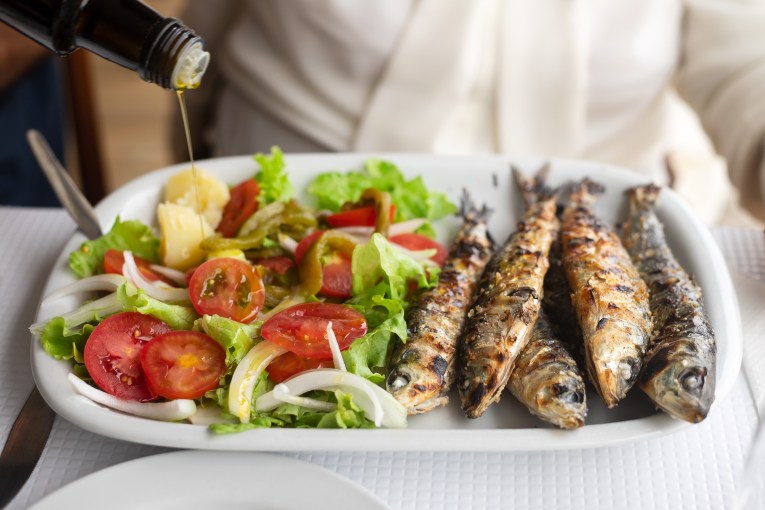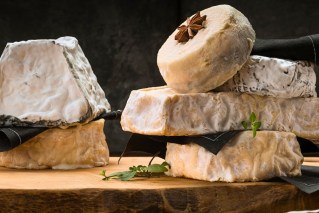Removing this ingredient from foods could save thousands of lives a year: Report

Up to 2000 lives could be saved every year if one harmful ingredient was banned from Australian food, with a leading health institute urging the government to take swift action.
Trans fatty acids have been banned in the US and Canada, and limits have been placed on its use across Europe, Asia, the Middle East and South America.
In Australia, it’s not even compulsory for the amount of trans fats to be included on a food product’s nutrition panel.
The George Institute for Global Health on Tuesday released a report that found banning the product in Australia could save lives, reduce the number of heart attacks and heart disease and save the country money.
The institute ran modelling that would pit the cost of implementing the ban against the money it would save in heart disease-related healthcare: A $22 million cost to bring in the ban for the first decade, versus a saving of $80 million.
The average Australian’s diet is relatively low in trans fats – but there is still a pocket of the community that is consuming it in dangerous amounts.
These people are usually from lower education and socioeconomic backgrounds.
The argument against banning the ingredient has always been that it would be too costly to implement and uphold.
“Our modelling study suggests that even in countries like Australia where intake is low, elimination of industrial trans-fatty acids can improve public health,” lead researcher Dr Matti Marklund said.
“We also found that socioeconomically disadvantaged groups and Australians outside major cities could potentially have the greatest health gains from such legislation.”
What’s a trans fat and why is it so bad?
Trans fat is a form of unsaturated fat, and it can be found both naturally and artificially.
The natural form is found in low levels in foodstuffs like meat and dairy milk.
Artificially, it comes from partially hydrogenated fat or partially hydrogenated vegetable oil.
It can be found in things like sweet and savoury pastries (hello, meat pies), frozen pizza bases, fried food – even microwave popcorn.
Its purpose is to extend the shelf life of a product, so anything that comes in a wrapper or box could have trans fats.
Trans fats may increase a person’s risk of developing heart disease or suffering a heart attack.
They’ve also been linked to an increased risk of dementia.
How do I know if I’m eating trans fats?
Because of Australia’s comparatively relaxed stance on trans fats, a product label often won’t outright say ‘contains trans fat’.
It can often hide in partially hydrogenated fat or partially hydrogenated vegetable oil, so look for that on packaging.
It’s probably lurking in your favourite treats – the foods we know we shouldn’t really eat that often, but treat ourselves to occasionally: Chips, pies, cookies, doughnuts.

The humble cookie jar, absolutely crawling with trans fat. Photo: Getty
If you know what you’re looking for, you can scan the label to see if there’s a trans fat hiding in there somewhere.
But dietitians agree the safest way to avoid trans fats is to avoid packaged, processed foods.
A lifetime ban
The World Health Organisation in 2018 sent out a global plea for countries to crack down on trans fats.
The WHO says globally, trans-fat intake contributes to upwards of 500,000 deaths every year.
The average Australia intake sits about 0.5 per cent, while the global recommendation is less than 1 per cent (of a daily nutritional intake).
However, some of our favourite foods – pies, doughnuts, bagels, sausage rolls – can contain up to 4 per cent trans fat.








